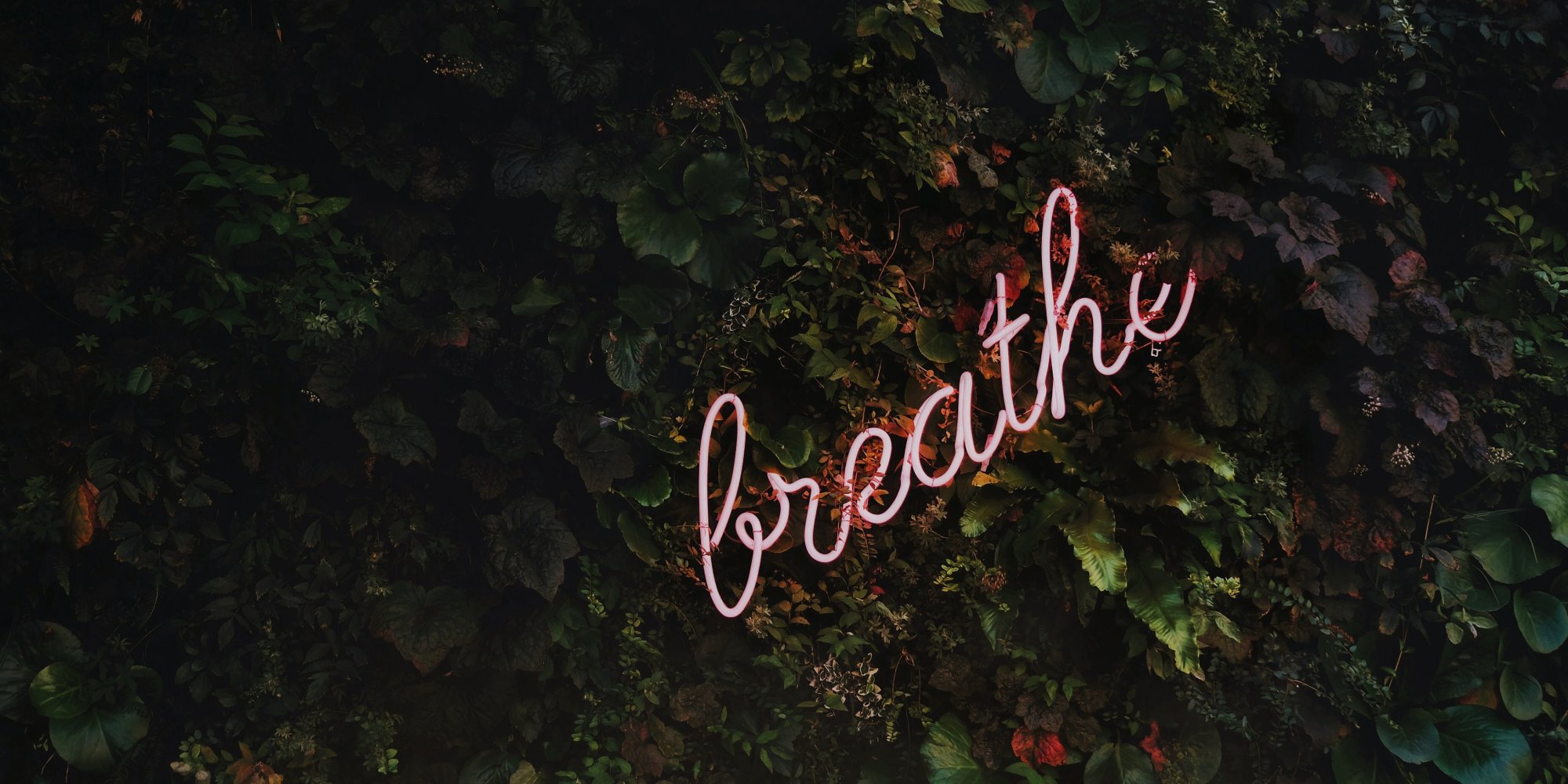Healthy
The COVID-19 pandemic has once again revealed the strong impact of urban space on public health. This relationship is also crucial for understanding and eliminating the inequalities that we face during the pandemic. The health and quality of life of urban residents are directly related to the healthy private/public spaces they have access to, transportation and activity options, and even to their access to basic life needs such as healthy food, safe water, and clean air. It is obvious that the groups most affected by the problems regarding the accessibility and quality of all these opportunities that a healthy city should offer are vulnerable groups such as the elderly, children, immigrants, people with disabilities, etc.
Informing residents -particularly vulnerable groups- of customized urban services designed for the whole community; ensuring access to reliable information, services, and opportunities; developing effective policies at the urban and regional scale to minimize the negative consequences of the outbreak measures are crucial. All these bring together the need to rethink the concept of "healthy city", which is decisive on the physical and mental health of the society, and to initiate a learning process in line with this axis.
Based on MARUF21's emphasis on "re-thinking" and "co-acting", one of the main axes will be the "healthy city", which considers nature and people as an inseparable whole and sets the idea of creating a healthy and livable environment for city residents as its main action.

